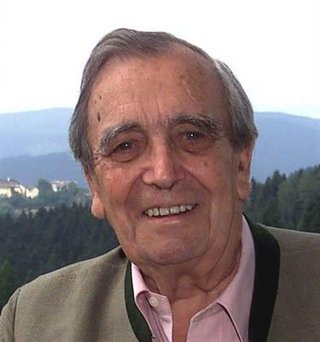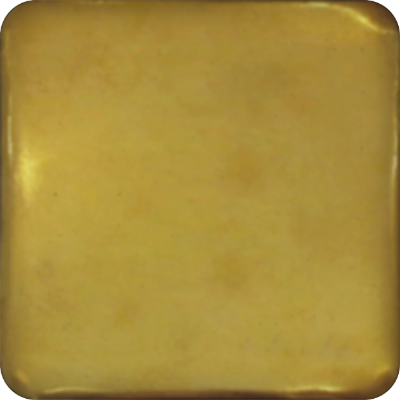Hofrat Mag. Leopold Guggenberger

Personalia
Born:
Died:
Profession:
Persecution:
Imprisonment March 12, 1938
Memberships
Curriculum Vitae
Leopold Guggenberger attended the Schottengymnasium in Vienna and began studying law at the University of Vienna after graduating in 1936. In 1936, he was accepted into the Rudolfina student fraternity. From 1932-1938 he was a member of the Reichsbund der Katholisch-deutschen Jugend Österreichs and the ÖJV. As head of the Viennese organization, he was sent to Salzburg in March 1938 for a propaganda campaign to promote a referendum against the Anschluss. His Salzburg contact was Fritz Zacke.
When we learned on the morning of March 11 that a large Nazi demonstration was to take place in the late afternoon hours in Salzburg city center, I alerted about 100 middle school students aged 15 and over, with whom we then advanced across the Staatsbrücke at about 5 p.m. in a closed formation through the demonstrating masses to the Café 'Tomaselli'. As the demonstrators suspected that we were the illegal Hitler Youth - we were all wearing white socks - they cleared the way for us as we approached. Only when we chanted 'Red-white-red to the death' and 'Austria' did they recognize us as counter-demonstrators. This action was so surprising that we were able to march through to the 'Tomaselli' café almost unmolested, as already mentioned. From there, I marched with the young people to the open Residenzplatz, which was relatively unlit for the time and completely free. After we had taken up our positions, we were quickly surrounded by the angry Nazi demonstrators who had followed us and verbally attacked with loud shouts of abuse and Nazi slogans. Before the encirclement, I had given out the slogan that, on a signal from me, they should make their way through the crowd one by one and gather again behind and between the Residenzbrunnen and the Domplatz. This was done, and when I had gathered all my boys there again, a district inspector of the security guard named Georg Fürst came and advised me, as the person in charge, not to endanger the young people any further, as there had already been considerable fighting among the Nazis in the semi-darkness. I then took the 100 or so young people, including Karl Glaser, who later became a member of the National Council, to the dark cathedral square. There I explained to them that Austria's independence was obviously coming to an end and appealed to them to remain loyal to their fatherland until Austria's resurrection. Then I sent the young people home. The very next night, at 2 a.m., I was arrested with Fritz Zacke by SA men at Paracelsusgasse 12 and held in the police detention center for a day.
Between 10 and 11 p.m., both had to sign a lapel stating that they would not make any complaints about their arrest.
On August 31, 1938, Leopold Guggenberger was again interrogated by the Gestapo in Vienna following the Salzburg action and after making contact with other opponents of the regime.
Here he narrowly escaped being transferred to Dachau concentration camp. He was also one of the participants in the youth rally at the Rosary Festival on October 7, 1938 in St. Stephen's Cathedral in Vienna. To escape further harassment, he volunteered for the German Wehrmacht, where he made it to the rank of first lieutenant. During this time, he was able to complete his law degree in 1941 while on special leave
After the war, Leopold Guggenberger joined the Carinthian state service and worked in the Security Directorate from 1945-1952 and as a clerk in the trade department of the Carinthian state government from 1952-1966. After his time as a member of parliament, he is remembered as the successful mayor of Klagenfurt for many years (1973-1997).
Places
Residence:
Citations
Krause, Peter/Reinelt, Herbert/Schmitt, Helmut (2020): Farbe tragen, Farbe bekennen. Katholische Korporierte in Widerstand und Verfolgung. Teil 2. Kuhl, Manfred (ÖVfStG, Wien) S. 109/110.; Photo: ÖCV
